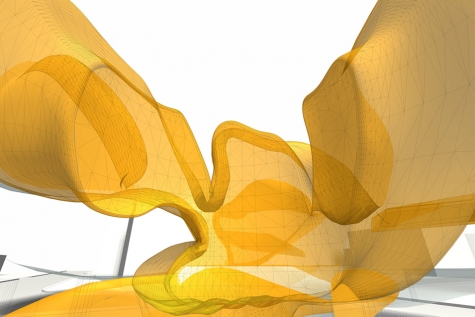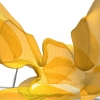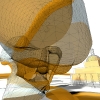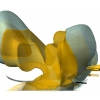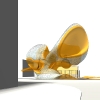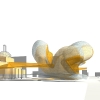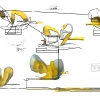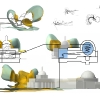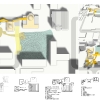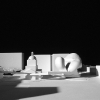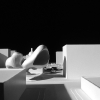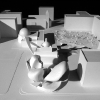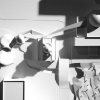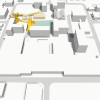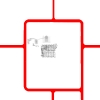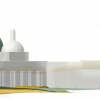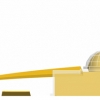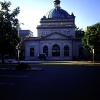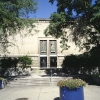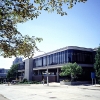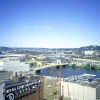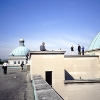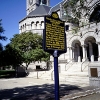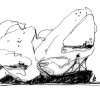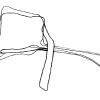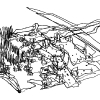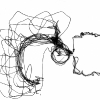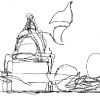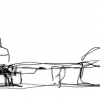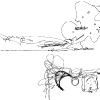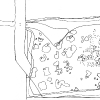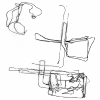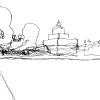Pittsburgh Children’s Museum Invited Competition
Project Description
Pittsburgh is a city of journeys punctuated by dramatic natural and manmade events. The terrain—hill after hill, valley after valley, river after river—constantly moves one around, through, over and under places. This variegated topography makes a city of mystery and discovery, connection and disconnection. It makes a city where spaces are appropriated more out of necessity than out of choice. Houses are tucked away in the suburban hills, stadiums are down on the flats by the river, the downtown is in the valley, roadways blast through the mountains, the airport is on a plateau.
Pittsburgh’s historical landscape is equally strong. This living city is in transition, rebuilding itself and forging new strengths. Forces of economic transformation have brought new enterprises to replace a vanished industrial complex. Evidence of its extraordinary past achievements sustains the city’s present growth. Structures and institutions continue to identify Pittsburgh as a place of great human effort and American ingenuity.
Our site design strategy for the new Children’s Center embraces those characteristics that give the site power and identity, and adds to them to make a distinctive place in the city. We believe that the Allegheny Center area can become lively and vibrant by building on its unique spatial and historical location and repairing those factors that have diminished its vitality.
We believe that the establishment of a sensational, exciting and fanciful building oriented out toward the public that announces a distinctive realm within is crucial to the success of the Allegheny Center site.
When considering the design of the project we asked ourselves two initial questions: What is an architecture of children? What is a children’s museum? We decided we knew what a children’s museum is, having been to many and having designed projects with similar programs. But we weren’t so sure we knew what an architecture of children is.
What we have learned in watching children over the years is that they are fundamentally about potential. We realized that we have never seen a children’s museum, or the architecture of a children’s museum, that is about potential.
So that is what we tried to make. We tried to make an architecture that is about the potential latent in the acts of exploration and discovery. Trying to explain it more would be like trying to explain why kids play with pots and pans while adults cook with them.
This building flourishes at the corner, then dips, dives and meanders across the terrain into the topiary maze of a fantasy garden.
Programmatic elements include a new entry, administration and exhibition building, renovation of the existing children’s museum building and adjacent Buhl Planetarium and design of a new children’s park.
